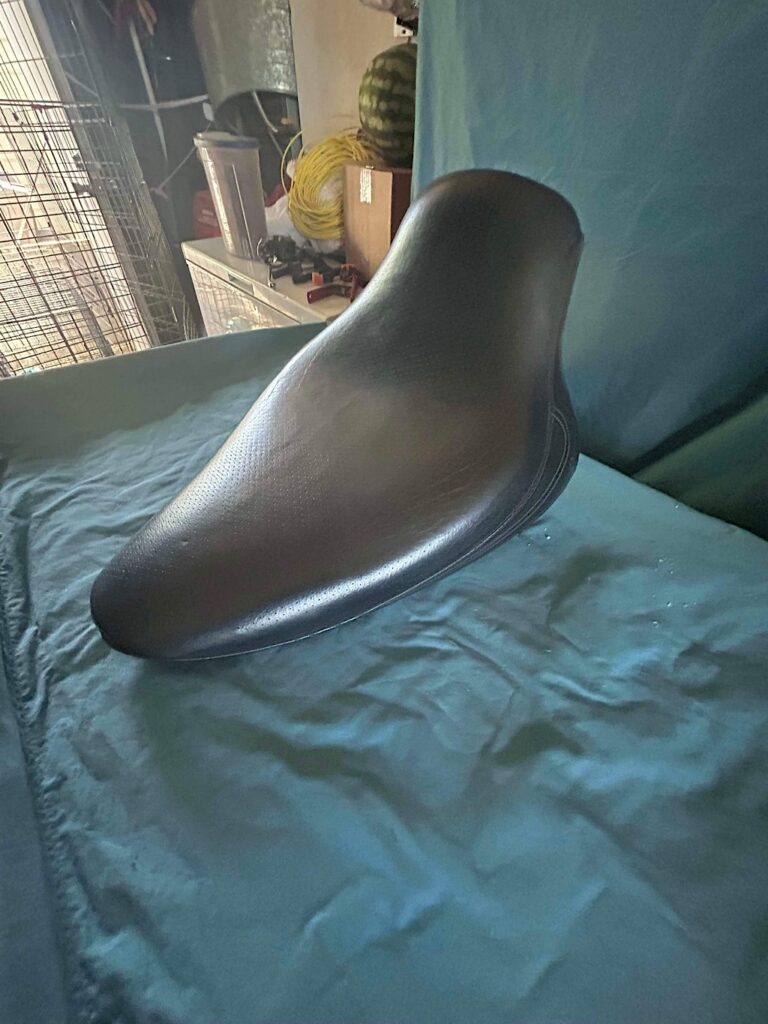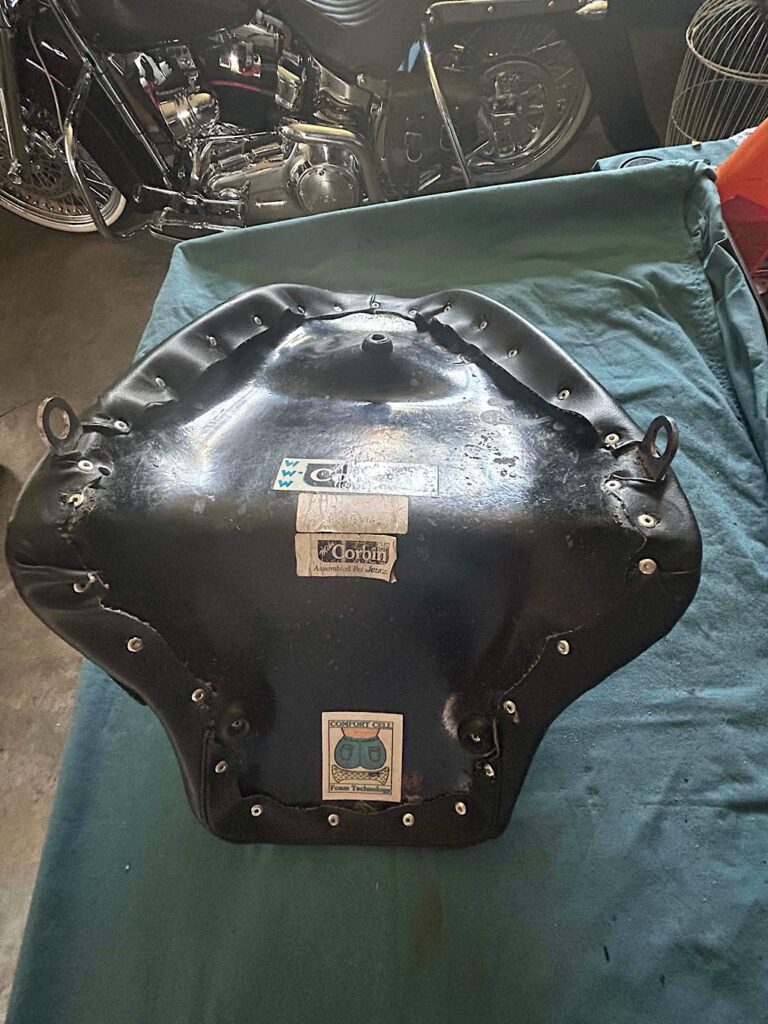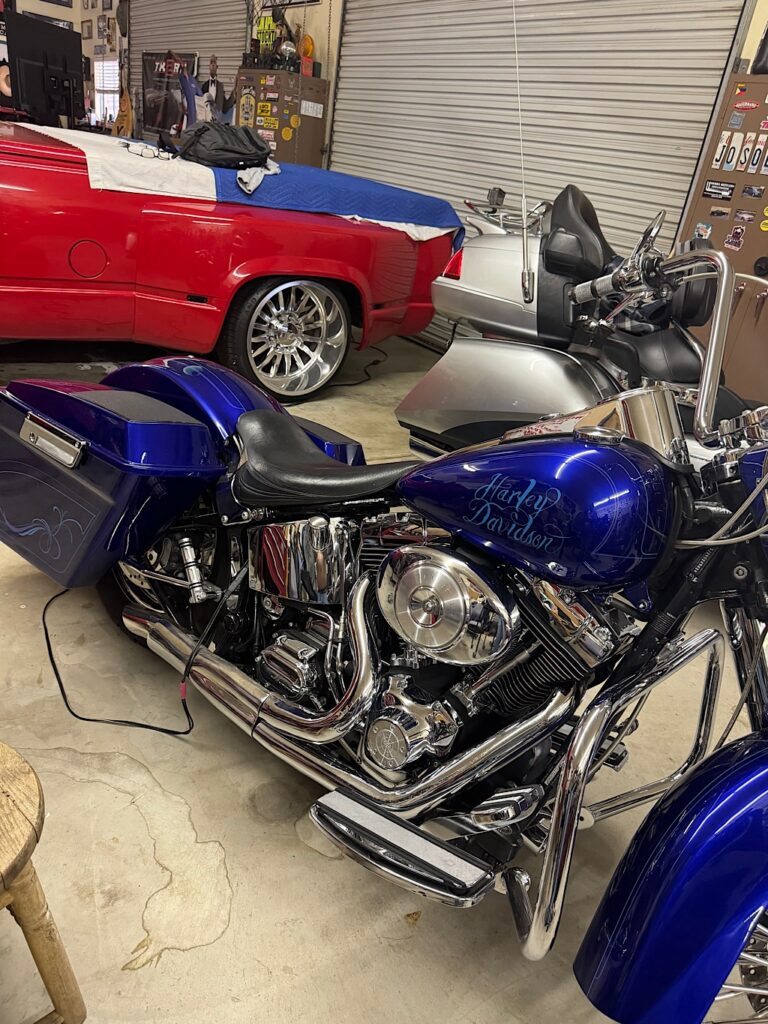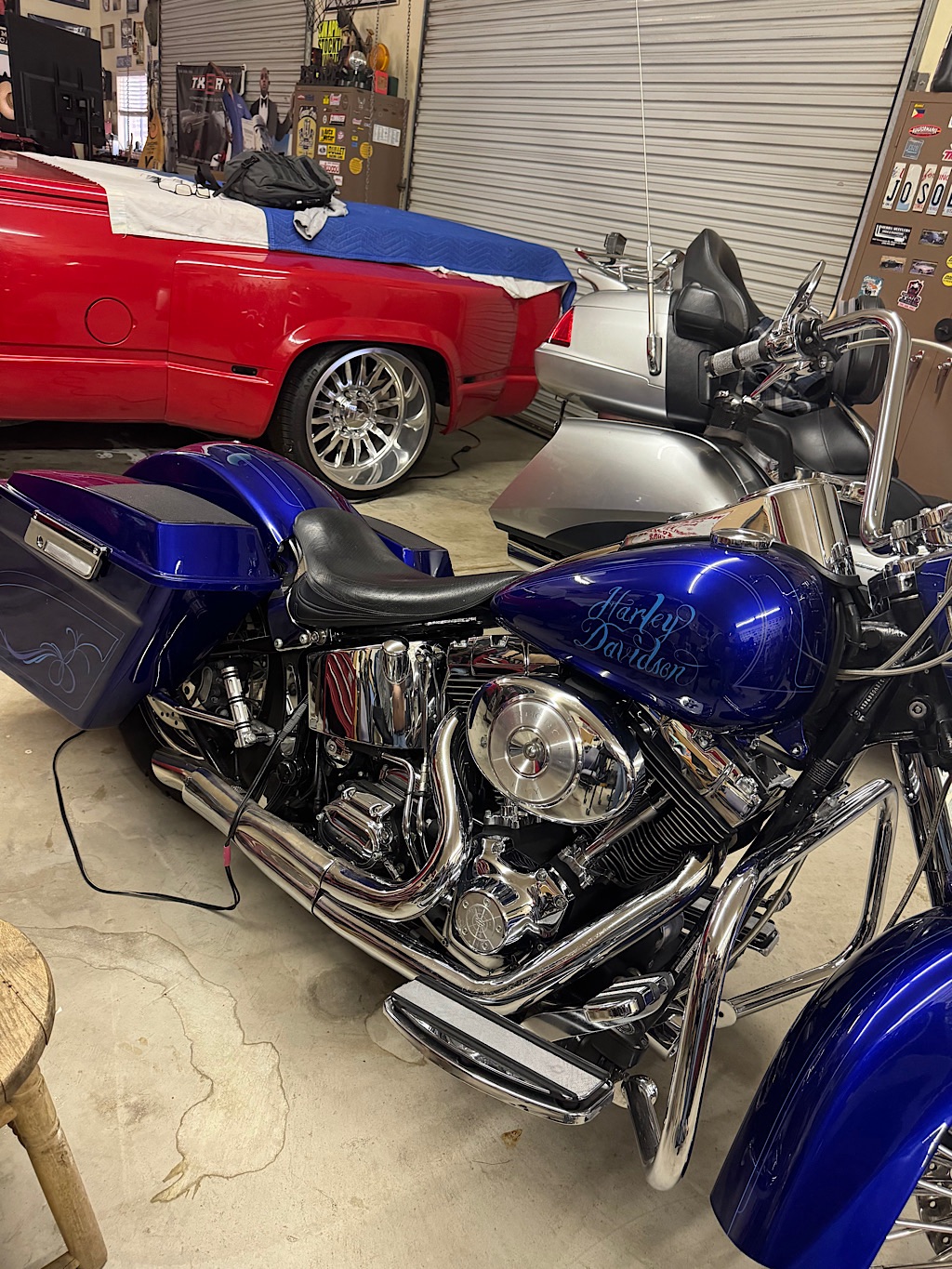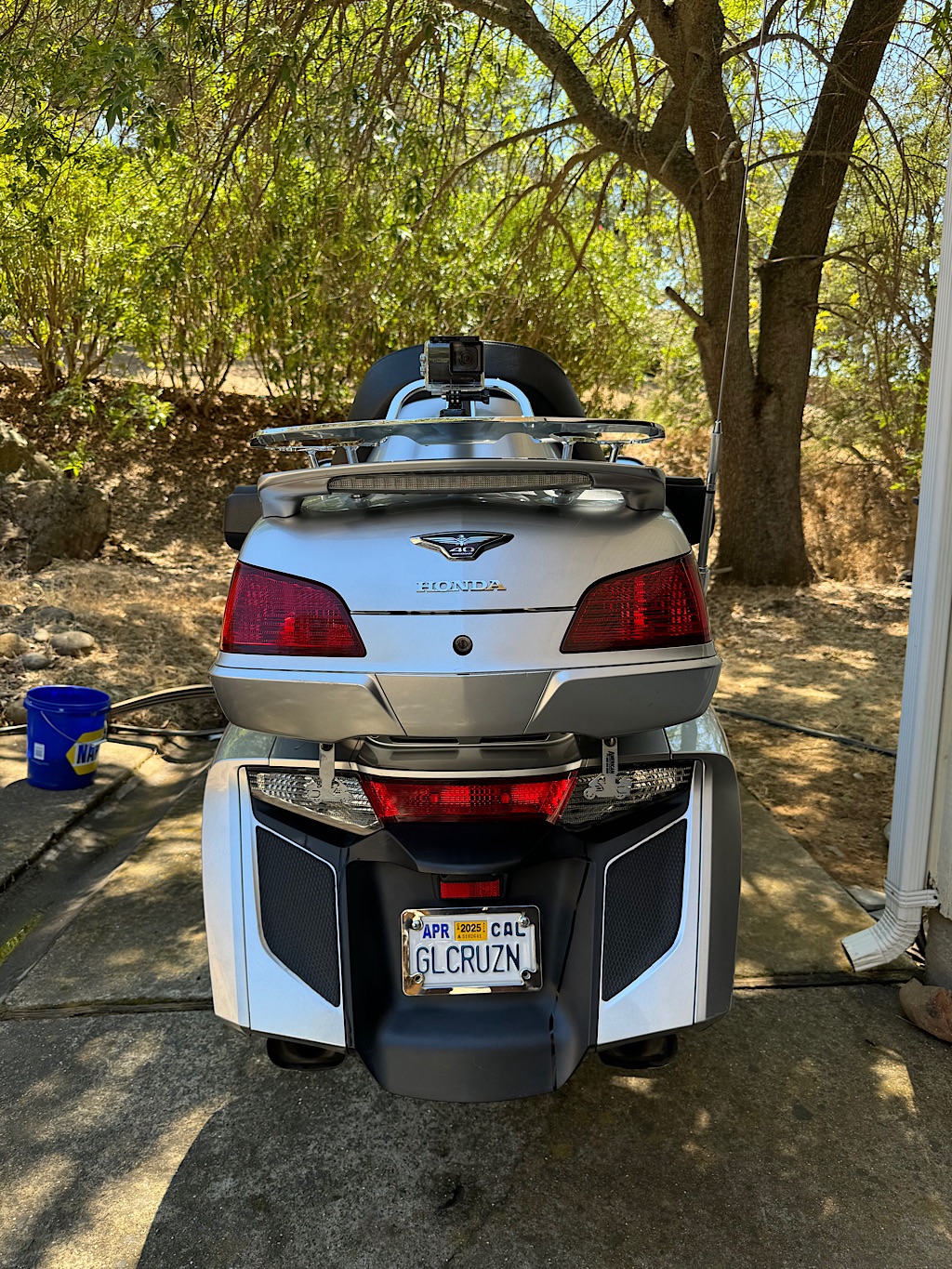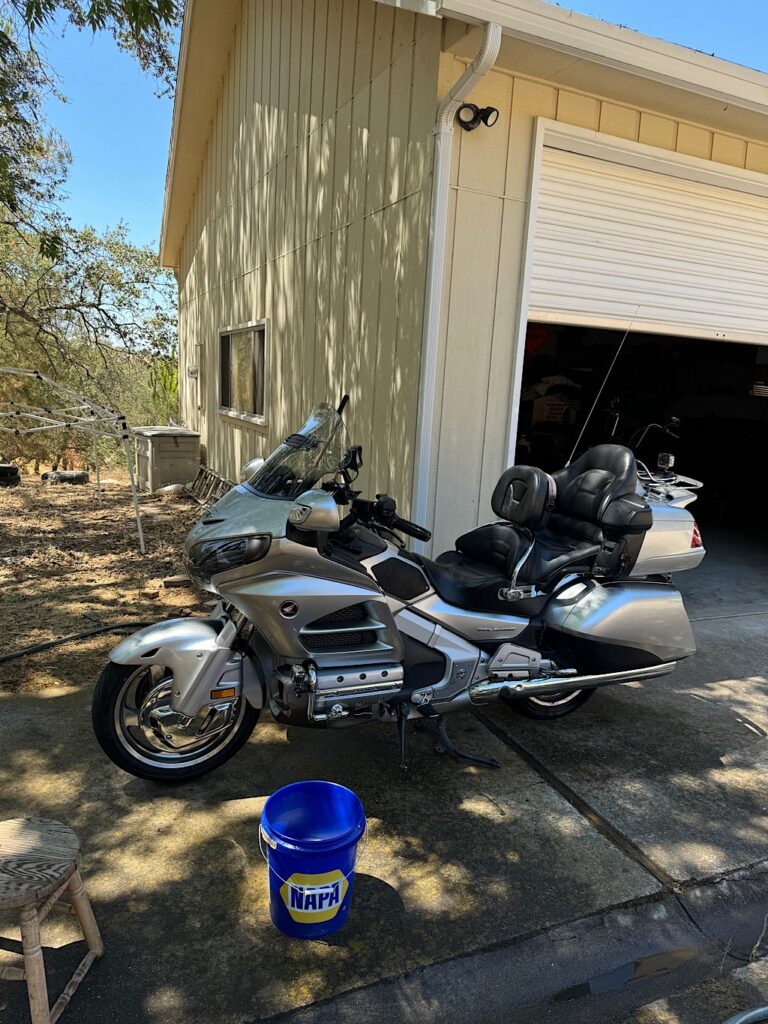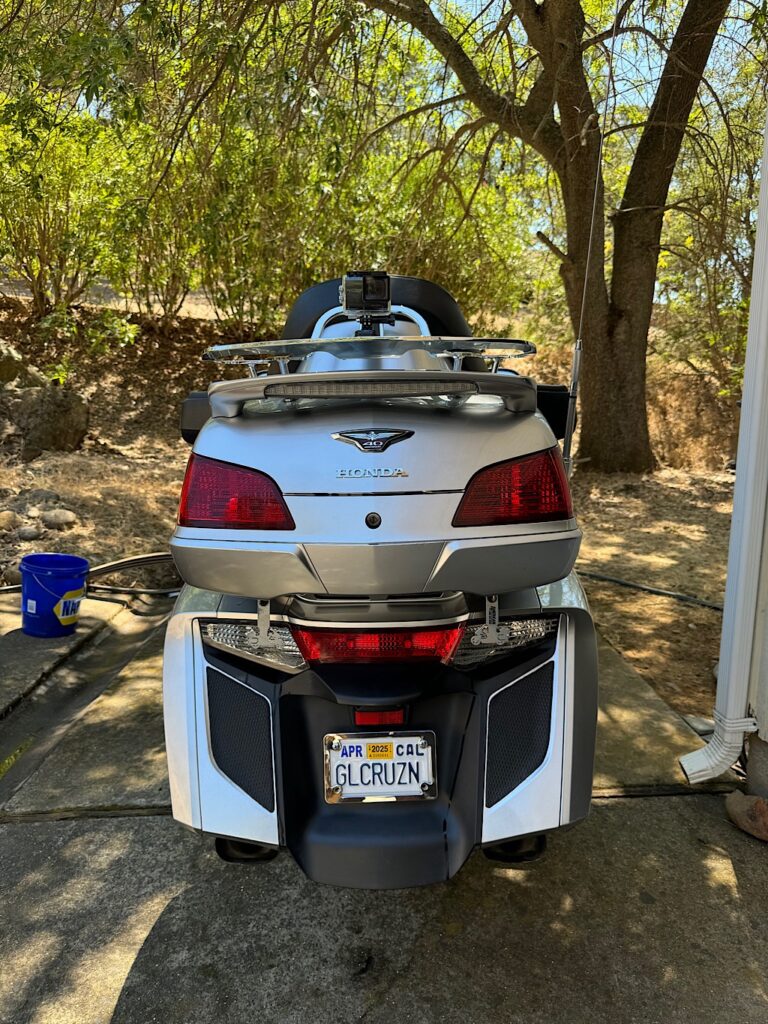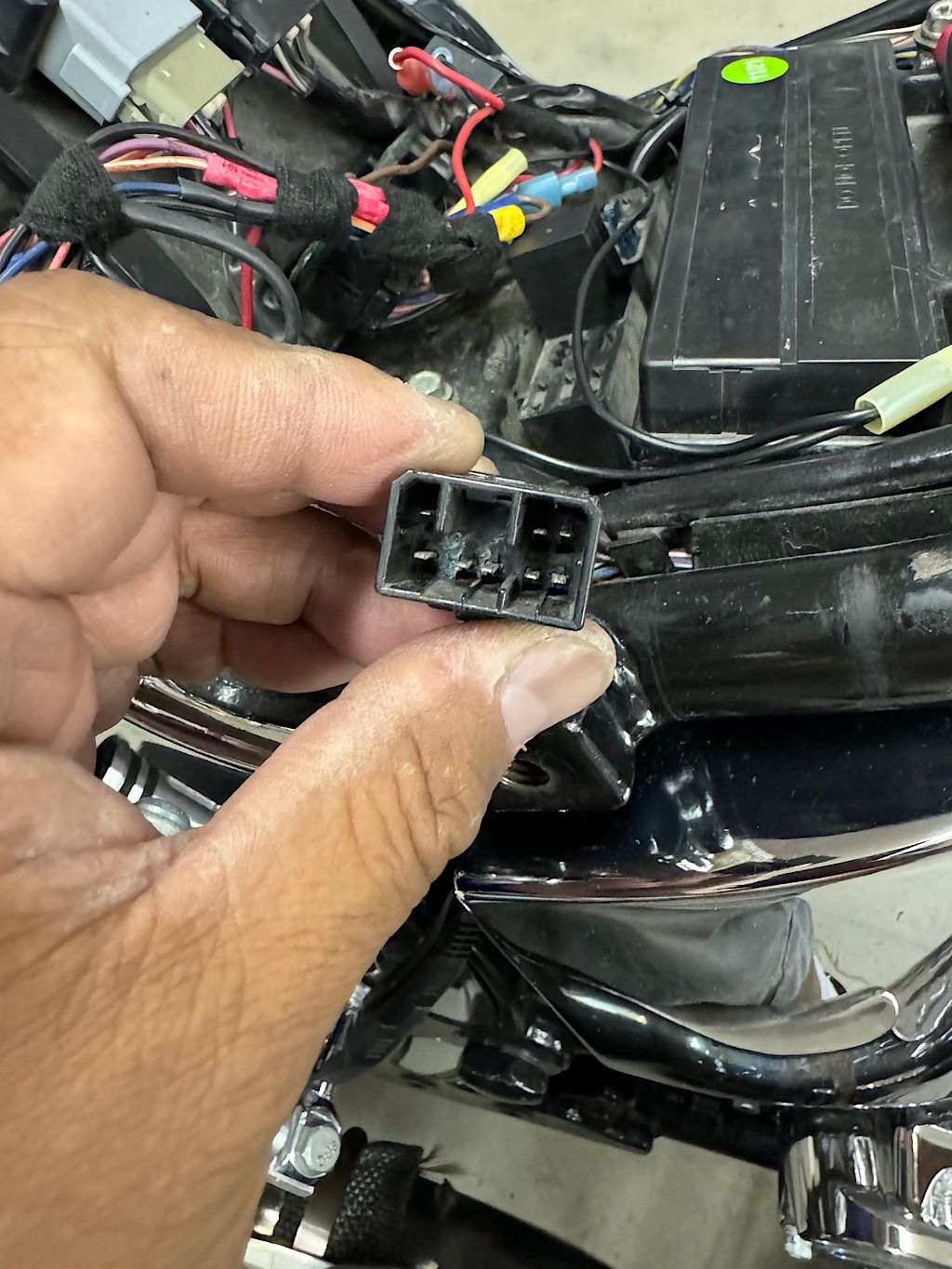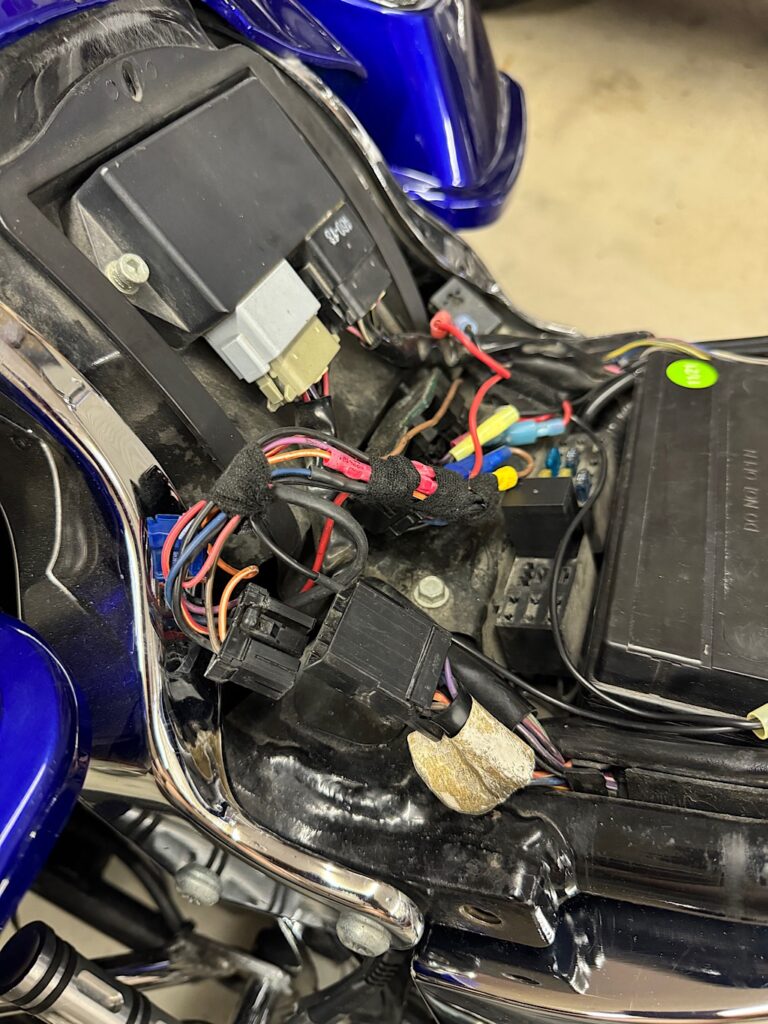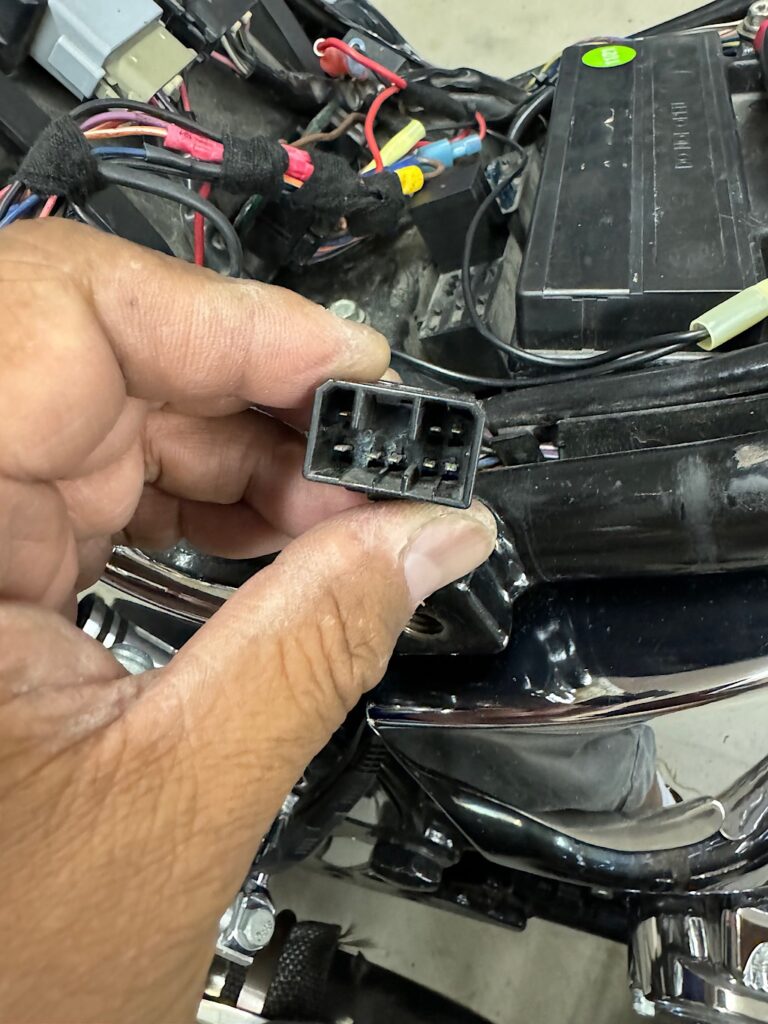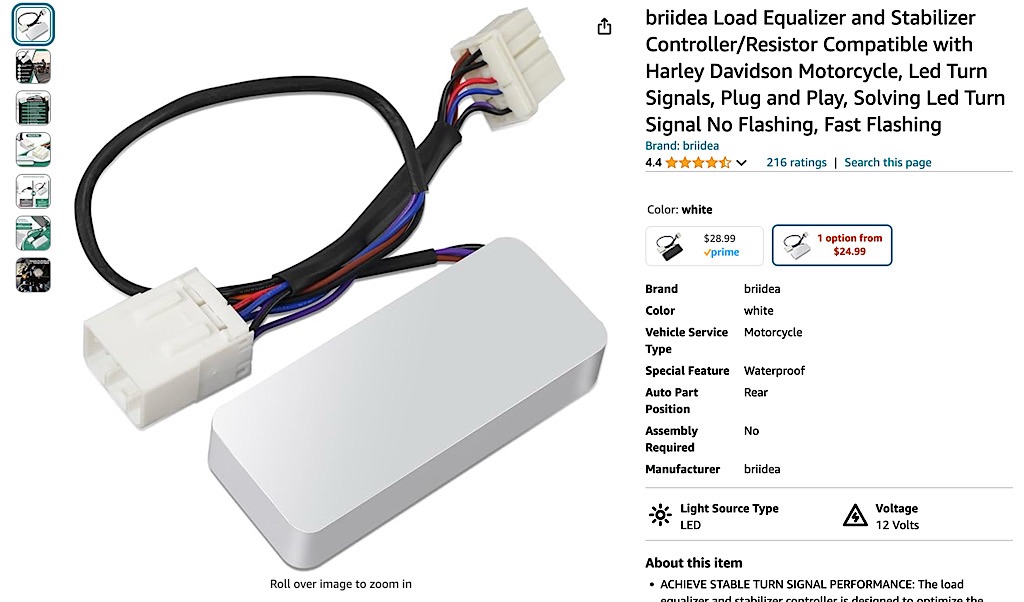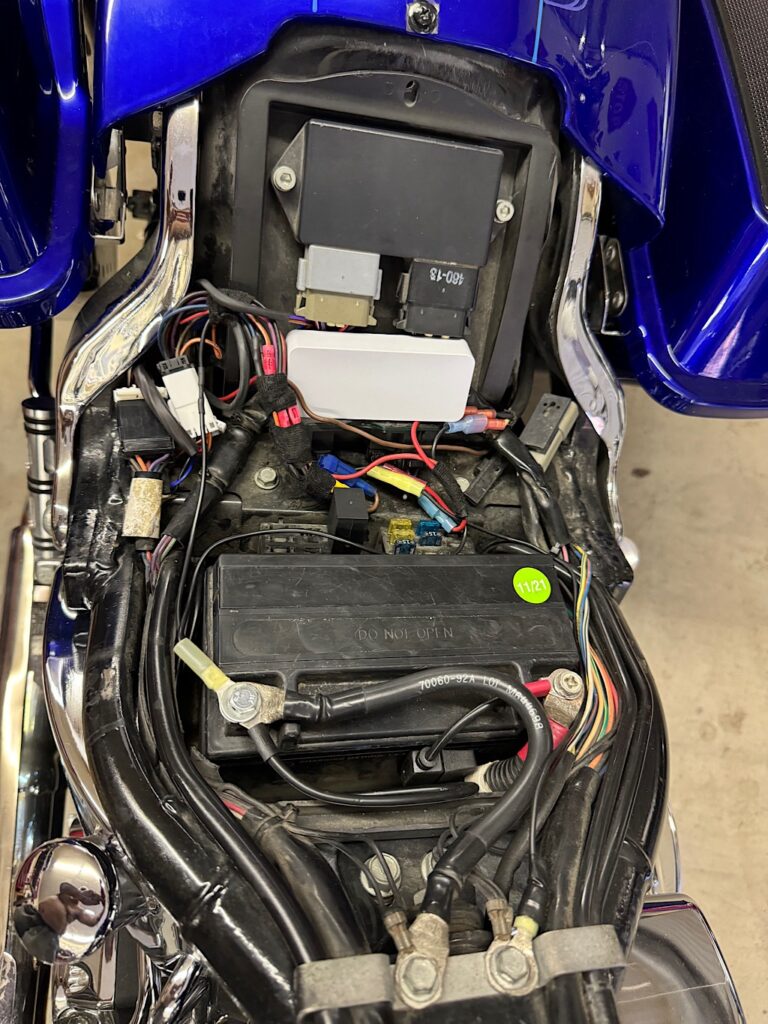Reset DTC Codes (2002 HD)
Diagnostic Trouble Codes
It is different for a 2002 bike than the newer ones.
To diagnose the TSM/TSSM observe the behavior of the turn signals.
If the signals flash six fast 4-way flashes shortly after key on,
then an error code has been logged.
Code Types
There are two types of trouble codes:
Current and Historic.
If a trouble code is stored, it can be read using TSM/TSSM Diagnostics.
Current
Curent trouble codes are those which are present during the current
ignition cycle.
Historic
If a particular problem happens to resolve itself, the active status
problem is dropped and it becoes a historic code rather than a current code.
Intermittent output shorts can become typical historic codes.
Historic codes are stored for 50 ignition cycles.
It is important to note that historic codes will exist whenever the system
indicates the existence of a current fault.
Notes
*If the turn signals flash six four way flashes shortly after key on, it indicates an error code has been logged sometime in the last 3 ignition cycles. On vehicles with TSSM, the security lamp will also light for eight seconds after the bulb check if historic codes are present.
*The security lamp will stay on if current code(s) are set. If a historic code is present, the security lamp will light for 50 ignition cycles or until the code is cleared manually.
Invoking TSM/TSSM diagnostics
1: Set Run/Stop switch to off
2: Turn ign key ON-OFF-ON-OFF-ON
3: Press the left turn switch two times and release.
*The signals flash 2 times for a Domestic TSSM
4: Press the right turn switch 1 time and release.
*The signals flash 1 time.
5: Press the right turn switch 1 time and release.
*The signals flash 2 times.
6: Press the right turn switch 1 time and release.
*The signals flash 3 times.
7: Press the left turn switch 1 time and release.
*The signals flash out the trouble codes.
There is a 1.5 sec pause between flashes to distinguish between 1st and 2nd digit of codes.
There is a 4 second pause between codes, then it will loop and repeat codes.
If the light comes on for 4 seconds after invoking test then goes out for good,
there are no codes stored…..test over….turn ignition off.
Wait at least 10 seconds
before turning ignition on again.
8: To clear codes (after repairs) press and hold left turn switch for 4-5 seconds at end of test.
* The signals flash 2 times to confirm your request.
Codes
11= Battery voltage high
21= left turn ouput fault
22= Right turn output fault
25= Ignition enable output high
31= alarm output low
32= alarm output high
34= starter output high
35= accelerometer fault
41= Ignition switch open/low
Possible causes
11= battery voltage >16.0v/battery charger used/voltage regulator fubar’d. (pin 1 / Bn/Gy)
21= bulbs/shorts/bad connections if no voltage on pins 5 or 6 with 4ways on TSSM FUBAR’d
25= should be no voltage present on pin 10 with key off. (Lt Grn/Gy wire on TSSM)
31&32= Middle pin on siren goes low voltage to fire alarm, high voltage to stop.
If the siren responds with 3 chirps instead of 2 the siren battery is fubar’d.
Pin A (Bn/Gy) is positive voltage downstream of the 15amp security fuse.
Pin C (Bk) is ground from pin 12 (Bk) on TSSM
34= Starter relay and coil are grounded via TSSM when disarmed and ignition on.
This code means the ground is from someplace else…short/hot wired..etc.
Starter relay could be fubar’d (voltage present on pin 9)(Tn/Gn) when not starting engine.
35= TSM/TSSM Fubar’d… bank angle and tamper will not function when this code is set.
41= Signals will not flash due to shorts, bad connections/wiring/bulbs/TSSM fubar’d
More notes
*If the siren Chirps 3 times instead of 2 this means time for a new siren battery.
*There can be codes set in the TSSM without any visual indications ie: Security lamp/ Signals
*There needs to be 12.0vdc available from the main battery
*There are 4 sensitivity settings for alarm activation, with regard to motion….lol
*There is an Auto Arming feature available, all domestics are shipped with this disabled.
*Always disarm the TSSM before disconnecting the battery, or siren will activate.(If present)
If auto arming is activated, you have 30 seconds after disarming to pull the fuse
to accomplish the above.
*Tampering or problems with the security light circuit activates the alarm for 30 seconds.
*Storage mode time is selectable, and will shut down system at 30,60,or 90 days, or never.
Key fob will not work after shut down. Turn ignition ON to re-activate, the alarm will sound
if it was armed prior to storage mode shut down. Use the key fob to disable the alarm.
*IF you render the key fob useless and did not program a personal override code in the TSSM,
you are not only buying a new fob, you are buying a new TSSM as well.
Once it learns a key fob, it learns no more..lol
TS/TSSM Pinouts
1= Battery (Bn/Gy)
2= Ignition (Gy)
3= VSS/Serial Data link
4= Security indicator (Bn/V)
5= Left turn Feed (V)
6= Right turn Feed (Bn)
7= Right turn switch input (W/Bn)
8= Left turn switch input (W/V)
9= Start relay Control (Tn/Gn)
10= Ignition enable signal (LGn/Gy)
11= Alarm signal (Lgn/Bn)
12= Ground (Bk)
